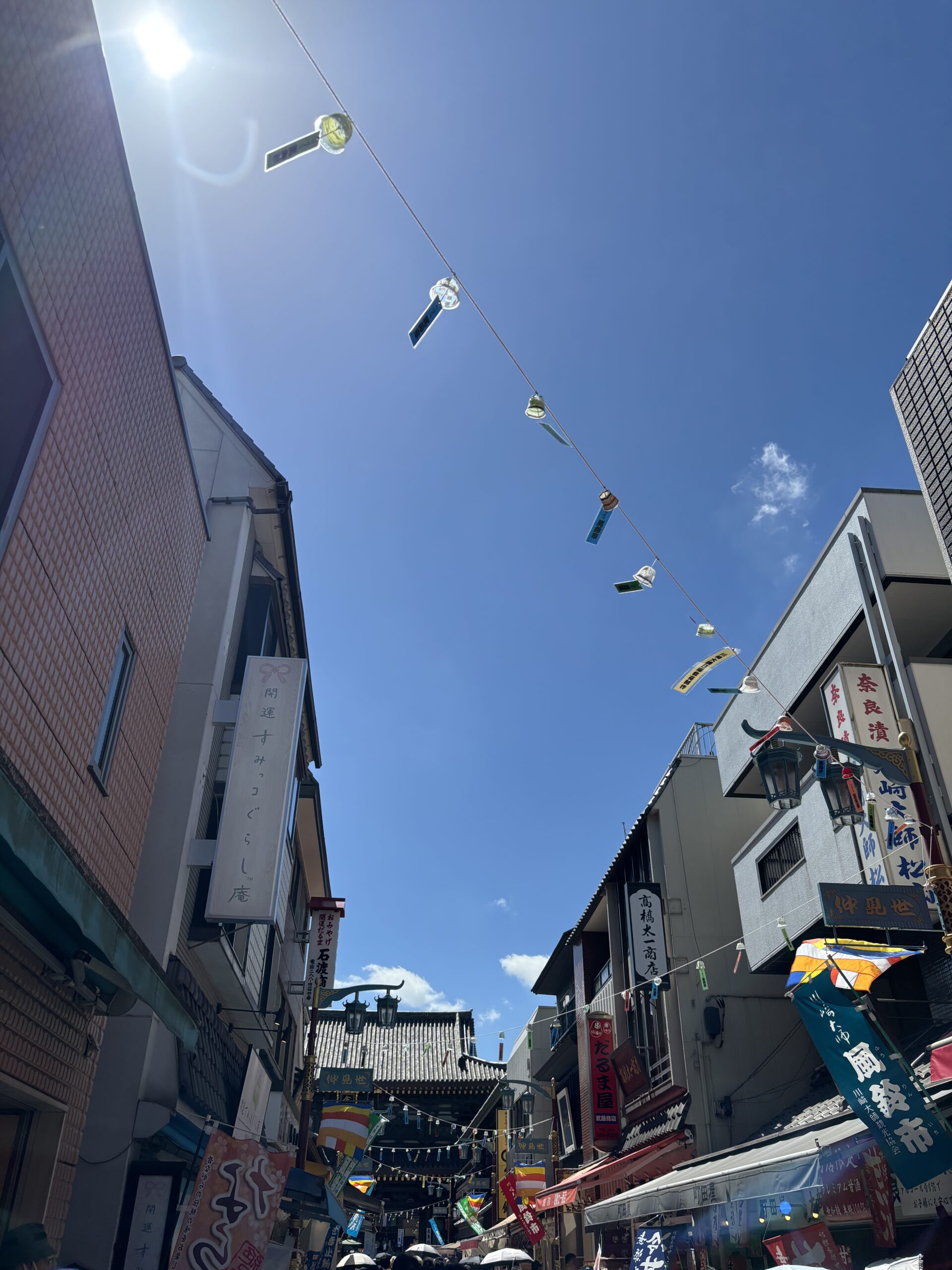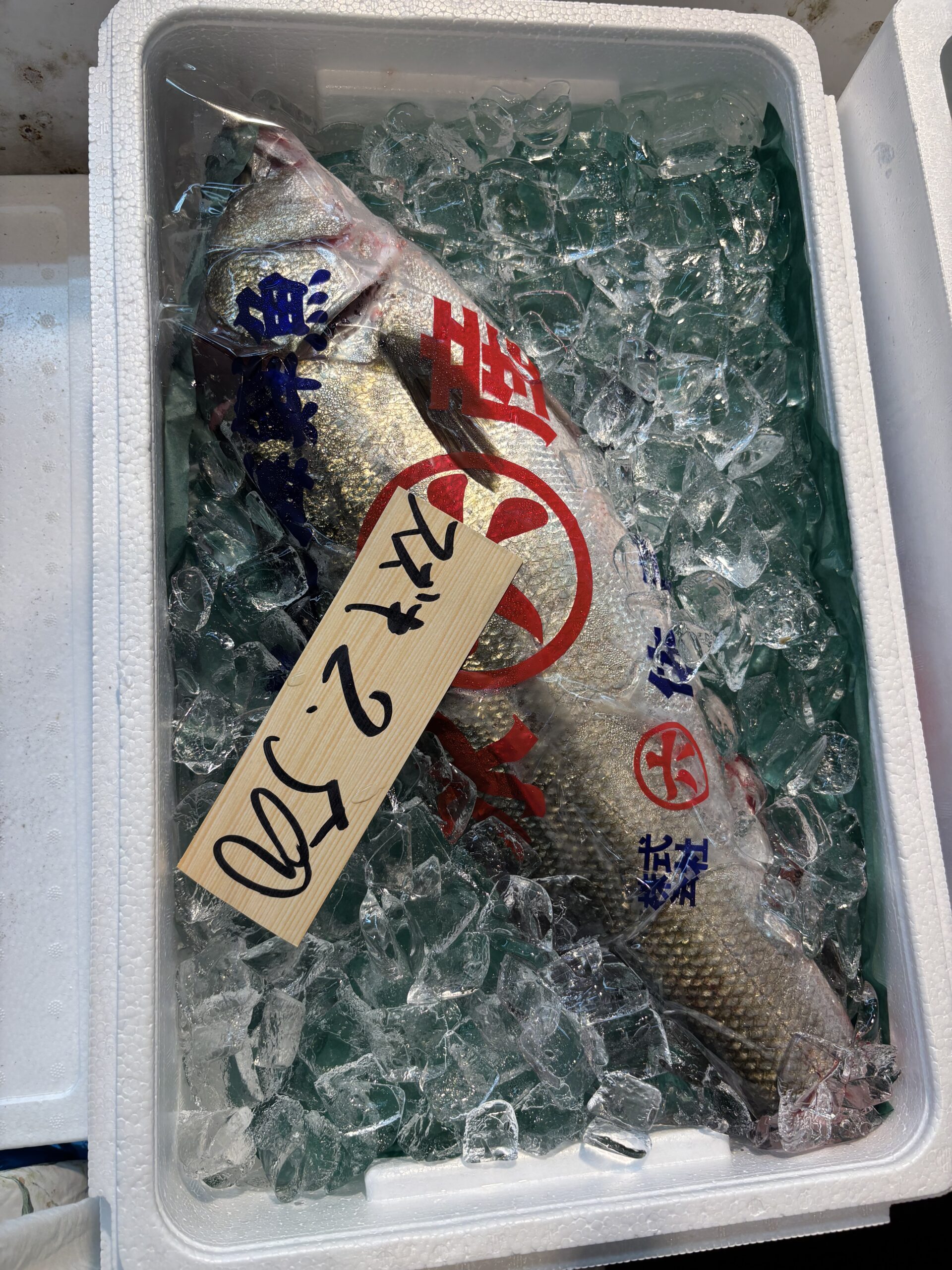日本文化一覧|伝統文化・芸術・風習・体験をジャンル別に紹介
日本の伝統文化とは? / What is Traditional Japanese Culture?
日本文化とは、長い歴史の中で育まれてきた日本独自の価値観・芸術・風習などを指します。
四季を重んじる精神や礼儀作法、自然との調和を大切にする思想が根底にあります。
本記事では、日本文化をジャンル別に紹介し、それぞれの特徴や魅力をわかりやすく解説します。
Japanese culture refers to the unique values, arts, customs, and traditions that have developed over centuries in Japan.
At its core are principles such as deep respect for the seasons, harmony with nature, and the importance of etiquette.
This article introduces various aspects of Japanese culture by category, explaining their characteristics and appeal.
日本文化は長い歴史の中で育まれてきた伝統的な価値観や芸術、風習などを指します。ここではジャンルごとに代表的な文化要素を紹介します。
ジャンル別・日本文化の一覧
1. 伝統芸能 / Traditional Performing Arts
能(のう)・狂言(きょうげん)
能は静かな動きと謡(うたい)による荘厳な舞台芸術で、狂言はその合間に演じられる風刺や笑いを含む古典喜劇です。
共に日本最古の舞台芸術の一つであり、ユネスコ無形文化遺産に登録されています。
Noh & Kyogen
Noh is a solemn stage art characterized by slow, stylized movements and chanting, while Kyogen is a comedic interlude play featuring satire and humor.
Both are among the oldest forms of Japanese theater and are registered as UNESCO Intangible Cultural Heritage.
歌舞伎(かぶき)
歌舞伎は豪華な衣装と大げさな演技、華やかな舞台装置が特徴の伝統的な演劇です。
江戸時代に庶民の娯楽として発展し、現在も人気があります。
Kabuki
Kabuki is a traditional form of drama known for its elaborate costumes, exaggerated gestures, and dynamic stage effects.
It developed during the Edo period as entertainment for the common people and remains popular today.
文楽(ぶんらく)
文楽は三味線の音色と語りに合わせて大人形を巧みに操る人形劇です。
三人一組で一体の人形を動かす高い技術が求められます。
Bunraku
Bunraku is a traditional puppet theater where large puppets are skillfully operated to the accompaniment of shamisen music and narrative chanting.
It requires three puppeteers to control one puppet, showcasing remarkable coordination and craftsmanship.
2. 茶道・華道・書道
2. Tea Ceremony, Flower Arrangement, and Calligraphy
-
茶道(さどう) / Tea Ceremony
日本の伝統的なおもてなし文化で、抹茶を点てて客人をもてなします。
The traditional Japanese art of hospitality, where powdered green tea (matcha) is prepared and served with mindfulness. -
華道(いけばな) / Flower Arrangement (Ikebana)
花を美しく生ける日本の芸術。自然の美しさやバランスを大切にします。
The Japanese art of flower arrangement that emphasizes harmony, balance, and the natural beauty of each stem. -
書道 / Calligraphy
筆と墨で漢字やかな文字を書く伝統芸術。精神統一と美的感覚を養います。
A traditional art using brush and ink to write Japanese characters, promoting mindfulness and artistic expression.
3. 和食・食文化
3. Washoku (Japanese Cuisine) and Food Culture
-
和食(ユネスコ無形文化遺産) / Washoku (UNESCO Intangible Cultural Heritage)
和食は、自然の美しさと四季の移ろいを大切にする日本独自の食文化です。栄養バランスに優れ、家庭の食卓でも重要な役割を果たしています。
Washoku is Japan’s traditional food culture that emphasizes seasonal ingredients and respect for nature. It is known for its nutritional balance and deep cultural significance, and was registered as a UNESCO Intangible Cultural Heritage in 2013. -
精進料理 / Shojin Ryori (Buddhist Vegetarian Cuisine)
肉や魚を使わず、野菜や豆腐などの植物性食材で作られる料理。禅宗の修行の一環として発展しました。
Shojin Ryori is a type of Buddhist vegetarian cuisine that avoids meat and fish, using vegetables, tofu, and plant-based ingredients. It originated as part of Zen Buddhist practice. -
郷土料理・季節の食習慣 / Regional Dishes and Seasonal Food Customs
日本各地にはその土地ならではの郷土料理や、季節ごとに異なる食習慣があります。お正月やお花見など、行事と結びついた料理も多くあります。
Each region of Japan has its own traditional local dishes and seasonal food customs. Many are associated with events such as New Year’s celebrations and cherry blossom viewing (hanami), reflecting the connection between food and cultural traditions.
4. 武道
4. Japanese Martial Arts
-
柔道 / Judo
柔道は、相手の力を利用して投げたり抑え込んだりする日本発祥の武道です。身体能力だけでなく、礼儀や精神の鍛錬も重視されます。
Judo is a Japanese martial art that focuses on using an opponent’s force to throw or pin them. It emphasizes not only physical strength but also respect, discipline, and mental training. -
剣道 / Kendo
剣道は竹刀(しない)を使って打ち合う武道で、精神力と礼儀を養う日本の伝統的な武道です。剣術の流れをくみ、現代でも教育に取り入れられています。
Kendo is a traditional Japanese martial art using bamboo swords (shinai) in sparring matches. It descends from ancient swordsmanship and cultivates mental discipline and respect. It is still practiced widely in schools and dojos. -
空手 / Karate
空手は打撃を中心とした武道で、突き・蹴り・受け技などを用います。沖縄で発展し、世界中に広まりました。型(かた)や組手(くみて)で技を学びます。
Karate is a striking-based martial art that uses punches, kicks, and blocks. Originating in Okinawa, it has become a global practice. Practitioners learn techniques through forms (kata) and sparring (kumite). -
相撲 / Sumo
相撲は日本の国技とされ、古来から続く神道の儀式に由来する伝統的な格闘技です。土俵(どひょう)で二人の力士が戦います。
Sumo is Japan’s national sport and a traditional wrestling-style martial art rooted in Shinto rituals. Two wrestlers (rikishi) face off in a ring (dohyo), aiming to force the opponent out or down.
5. 衣服・装い
5. Traditional Clothing & Attire
-
着物 / Kimono
着物は日本の伝統的な衣装で、格式ある場面や季節の行事で着用されます。色や模様、素材は季節や年齢、身分によって変わります。
The kimono is a traditional Japanese garment worn on formal occasions and seasonal events. Its color, pattern, and fabric vary by season, age, and social status. -
浴衣 / Yukata
浴衣は夏祭りや花火大会などでよく着られる、軽装の着物です。主に綿素材でできており、涼しげな柄が特徴です。
Yukata is a casual, lightweight kimono typically worn during summer festivals and fireworks events. Made mostly of cotton, it features cool and seasonal patterns. -
帯・和装小物 / Obi & Kimono Accessories
帯は着物や浴衣を締めるための帯で、柄や結び方に個性が出ます。かんざしや草履などの小物も和装の魅力を引き立てます。
The obi is a decorative sash tied around the kimono or yukata, with various styles and knots expressing individuality. Accessories like hairpins (kanzashi) and sandals (zori) complement the traditional look.
6. 年中行事・季節の風習
6. Annual Events & Seasonal Traditions
-
お正月・七夕・お盆 / New Year, Tanabata, Obon
お正月は家族で祝う新年の行事。七夕は願い事を短冊に書いて笹に飾る夏の行事。お盆は祖先の霊を迎える仏教的な行事です。
New Year (Oshogatsu) is the most important family holiday in Japan. Tanabata (Star Festival) is celebrated in summer by writing wishes on colorful paper. Obon is a Buddhist event to honor and welcome ancestral spirits. -
ひな祭り・端午の節句 / Hina Matsuri, Boys' Festival
ひな祭り(3月3日)は女の子の健やかな成長を願う行事で、雛人形を飾ります。端午の節句(5月5日)は男の子の成長を祝う行事で、こいのぼりや兜を飾ります。
Hina Matsuri (March 3) celebrates girls' health and happiness, marked by displays of traditional dolls. Boys’ Festival (May 5) honors boys' growth, with decorations like carp streamers and samurai helmets. -
季節の祭りと神事 / Seasonal Festivals & Shinto Rituals
日本各地で季節ごとに様々な祭りが開催され、神輿や山車が登場します。自然の恵みや収穫に感謝する神道の儀式も多数行われます。
Across Japan, seasonal festivals feature floats (mikoshi, dashi), dances, and community celebrations. Many are rooted in Shinto traditions, expressing gratitude for nature and harvests.
7. 住まいと建築文化
- 和室・畳・障子
- 日本庭園
- 神社仏閣建築
8. 工芸・美術
- 陶芸・漆芸・染織
- 浮世絵・日本画
- 刀剣・金工・木工
9. 日本語と表現文化
- 俳句・和歌・古典文学
- 漢字・ひらがな・カタカナ
- 礼儀作法・挨拶の文化
10. 日本文化を体験できる場所・方法
- 観光地・文化施設
- 伝統文化体験ツアー
- ワークショップ・学びの場


